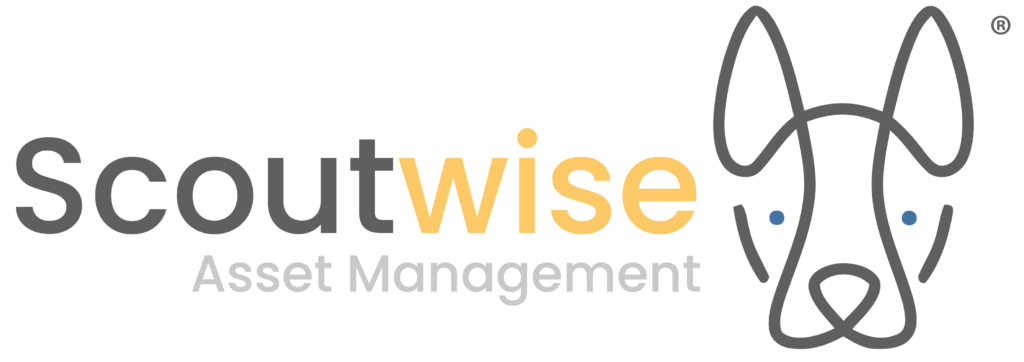IT leaders at today’s cloud-enabled businesses are expected to provide the same predictable performance that they did with on-premise systems. Downtime is not acceptable, and cloud applications are expected to work the way they were meant to. Users want them to be fast, responsive, and not lead them to frustration. All of these, combined with the fact that they also need to scale – businesses needs evolve, revenues grow and locations expand.
Relying on the Internet
Cloud technologies depend on the Internet, no matter what internet circuit you like to use. These internet circuits can be unpredictable. It doesn’t matter what kind of internet circuit you have, whether it’s fiber, cable wireless, or another internet option they all can experience degradation that can, and will, affect your business. Downtime and/or brownouts can not only be expensive, frustrating, but also job threatening for those responsible for a business’s networking. On average, an ISP connection will experience 3.5 hours of downtime per month and 23 hours of major performance-affecting brownouts per month. These outages and downtime can occur at any time your business isn’t open 24/7 maybe these haven’t affected you as much, but these can, and will, happen during business hours.
Shifting Application Landscape
It’s great when your users are utilizing the cloud well, procuring and consuming new applications frequently and shifting their use from their current applications. But how does your network keep up? Networks administrators unfortunately cannot predict the future, whether they know what the makeup of their traffic is today or not, and therefore cannot know exactly what their traffic will look like 6 months from now.
IT is no longer the Gatekeeper
Even if you have an abundant amount of IT resources, there are critical technologies being used in business that IT doesn’t know about and have no policies in place to manage them.
These challenges can lead to difficulty with policy. Users are getting frustrated when applications have outages or poor performance. It falls on IT to decide if they’re going to ignore the issue, say it’s not a supported application , try to adjust it with a new network policy, or maybe contact a vendor so that the vendor can implement a new policy. Instead of empowering users and IT staff, the cloud is leading to frustration. IT staff used to control every application. They were the bottleneck used to control the experience. With the cloud coming into play, IT’s role has changed to that of facilitator where end-users are interacting directly with their applications and IT is sidelines. These users will have no problem putting the blame on IT when these applications don’t work right, but the interaction model has fundamentally changed. IT leaders need network technologies that support this new model that will enable their users to be flexible and efficient with applications.
Beyond simple frustrations and inconveniences, if a business relies on static network policies, it’s exposed to the risk of falling behind competitors who are using the intelligent software in their networks. The solution to this lack of control isn’t more policies, but a smarter network. These are real problems that Corporate Technologies is continually helping our clients with on a daily basis. Ensuring the use of our clients network is vital now in the cloud era! Contact us for more information on how your network can be more productive.
